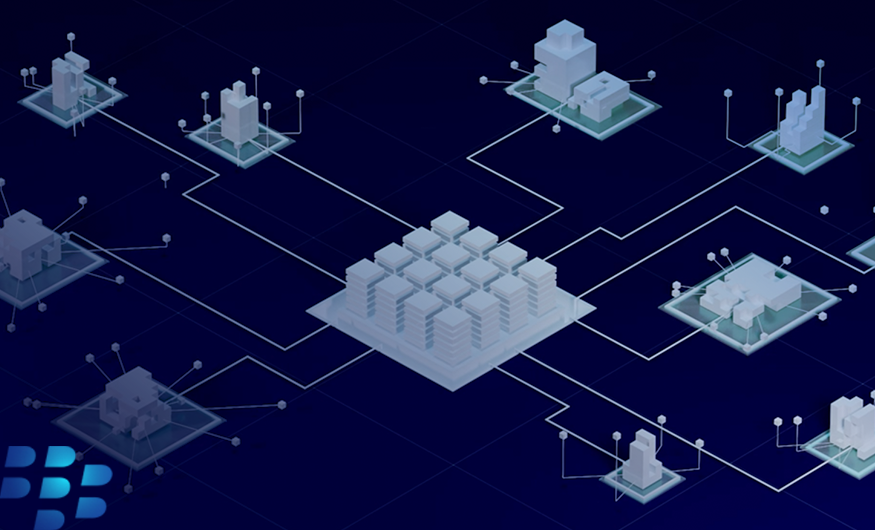Zero Trust requires inspection and verification of everything: from network traffic and files to user and device environments, proxies, and cloud workloads. This means deploying the proper visibility and monitoring technologies, including micro-segmentation, software-defined WAN, and Secure Access Service (SASE). Achieving Zero Trust also requires ongoing maintenance and continuous improvement. This includes following the three core principles of Zero Trust.
Authentication
Authentication is a crucial mitigation strategy for preventing unauthorized access to data and systems. It involves verifying that a person is who they say they are, which can be done through methods like passwords, biometrics, and mobile device fingerprinting. Advanced authentication can also include device and network fingerprinting techniques that detect anomalies indicative of a compromised login attempt. Zero Trust Network Access requires that every access request be reevaluated and verified, ensuring security is always in place, whether users are inside or outside the corporate perimeter. Everything that connects to the network must be vetted – including devices, users, and applications. It’s also essential to apply the principle of least privilege, limiting access to only what is required for an employee to do their job. This helps minimize the damage of a breach and reduces helpdesk costs due to password resets.
Segmentation
Many businesses use segmentation to understand customers’ needs, preferences, and behavior. They may segment the market by demographics, psychographics, or behavioral bases. Segmentation is also used in cybersecurity to protect data and applications. The Zero Trust model uses micro-segmentation to limit direct access to servers and applications by requiring that every access request is verified, evaluated, and authorized based on all available data points. Continuous verification can prevent breaches by limiting the blast radius of a violation and allowing security teams to quickly identify and isolate compromised devices, services, users, and data. Zero trust is a software-defined perimeter (SDP) core element, along with cloud access security broker functionality, secure web gateway, and firewall-as-a-service capabilities. Ultimately, a zero-trust architecture will replace traditional VPNs as the underlying infrastructure for a new generation of secure remote access solutions. This means a business will no longer need to manage an extensive network edge stack of appliances. This allows for greater flexibility, agility, and scalability. It will also improve security by eliminating the need to expose internal apps to the internet, leveraging end-to-end encrypted TLS micro-tunnels instead.
Automation
While cyber security automation won’t replace cybersecurity jobs, it can help reduce the number of repetitive and false positive alerts clogging the radars of security teams. By focusing security analysts on the highest impact, actionable information, they can better detect attacks and respond to them faster. Zero trust solutions can also be much faster than VPNs as they do not need to backhaul traffic to the data center. Additionally, they can be deployed cloud-native and automatically scale across the organization. Finally, Zero Trust helps to limit a breach to a tiny area via micro-segmentation. This lowers the recovery cost and reduces the potential for a damaging ripple effect. The solution must rapidly and continuously analyze and verify devices, users, and applications in real-time to achieve these advantages. To do this, an automated system must be able to take in and correlate threat intelligence from multiple sources and methods, identify behavior patterns, and quickly respond with appropriate protections. Manually connecting and analyzing this information is impractical and impossible to scale.
Real-time Monitoring
If you’re a security partner, real-time monitoring is a crucial tool to help you identify cyberattacks as they happen. This continuous network tracking can reveal early indications of threats like unusual traffic, unknown devices, and uncharacteristic application usage. Threats detected in this early stage can often be contained or mitigated before they cause significant damage. A Zero Trust approach requires constant verification to be fully effective. It uses identity-based security, micro-segmentation, and risk-based adaptive policies to ensure no zone, device, or user is trusted and to provide ongoing security. This helps minimize the blast radius of a breach by limiting access, ensuring just-in-time and just-enough authorization, verifying end-to-end encryption, and securing data even after it leaves the network. Zero Trust solutions also enable Utilities to monitor for lateral movement and other potential attack indicators across remote locations. This can eliminate IT and security teams needing to visit the location to troubleshoot problems or re-enter the network, improving efficiency and reducing cost. Streamed real-time monitoring can provide the visibility to do this and more, including detecting shadow IT, assessing devices for vulnerability, providing risk scores and analytics, and delivering timely access for users.
Analytics
Zero trust can significantly improve security in your organization, but it is not a “quick fix” or “silver bullet.” Significant architecture and technology changes can disrupt business as usual, requiring a cultural shift.
To successfully implement Zero Trust, you must ensure that users, devices, and applications are always authenticated and authorized based on granular context. This requires a combination of best practices, including continuous verification, micro-segmentation, least privilege access, and rich intelligence. This approach also requires significant work from security teams, which can be challenging to adopt in an increasingly agile workplace. The key to success is partnering with a vendor that provides visibility and automation to reduce the workload on your security team while providing better protection for your organization. With the rise of work-from-anywhere, Zero Trust can offer a solid alternative to traditional perimeter-based security models that are increasingly vulnerable to breaches and can’t keep up with today’s threat landscape. However, successful implementation requires the right partners and a culture change. You can confidently start on the Zero Trust path by implementing these five critical elements.

